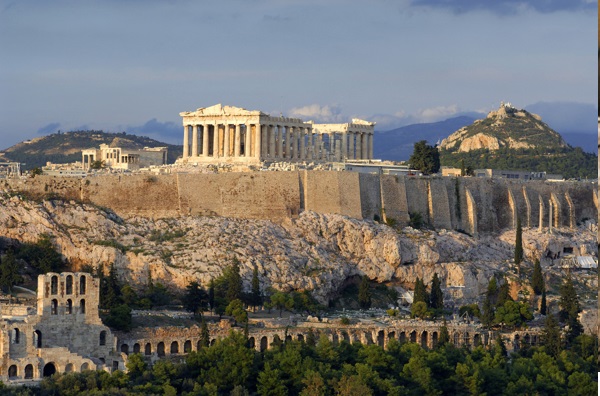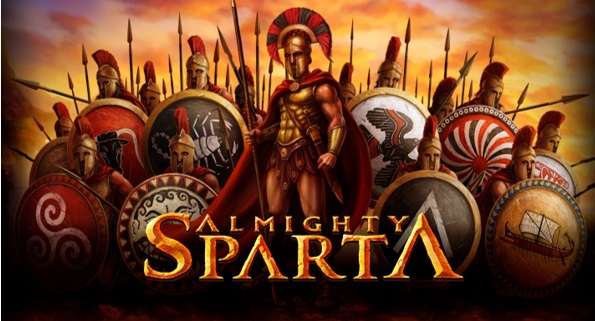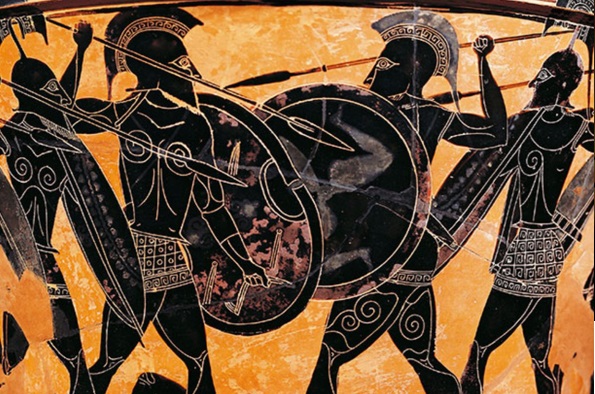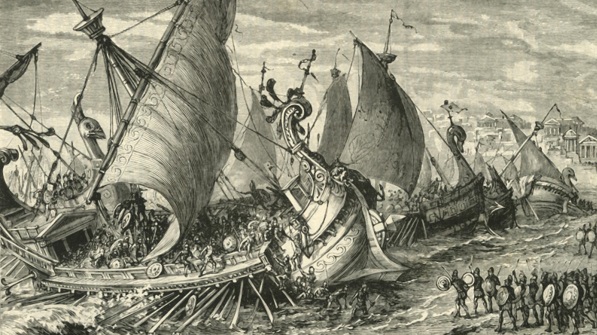
The allure of the term “Sparta” continues to captivate the imaginations of many individuals. This fascination often leads to the depiction of events surrounding the ancient Greek military power becoming a template for numerous Hollywood productions like “300” or “The Lion of Sparta.” However, it’s important to recognize that these works don’t always adhere to historical accuracy. Therefore, gaining insights into the following Sparta facts becomes essential.
Sparta, alongside Athens, holds the distinction of being one of the most influential polis in ancient Greece. Polis referred to communities consisting of several thousand citizens, primarily comprising significant landowners, merchants, and artisans who enjoyed a form of self-governance. A polis encompassed the settlement itself and the surrounding land, which was cultivated by the peasantry.
Around 3,000 years ago, a civilization emerged with a strong commitment to preserving its freedom and independence. Sparta, founded as a military state around 900 BC, had a lineage of ancestors who had previously conquered the Peloponnesian Peninsula roughly 300 years before and subsequently subjected the local population to servitude.
Opting for Conflict Over Colonization

In ancient Greece, colonization was a prevalent practice. The region’s mountainous terrain often left many farmers with insufficient arable land. Concurrently, the population was expanding rapidly, and the existing agricultural areas could no longer sustain the growing populace. Consequently, numerous Greeks left their ancestral homelands to establish new poleis.
However, the Spartans chose a different path, shunning the trend of colonization. Instead, they sought to expand their influence throughout the Peloponnesian Peninsula through warfare. To achieve this objective, the city-state maintained a military forge where boys as young as seven underwent rigorous training as warriors.
For those who found themselves on the losing side of the Spartan struggle, life took a harsh turn. The vanquished individuals forfeited their land and were relegated to the status of helots, a term denoting enslaved farmers who were required to relinquish half of their harvest.
On the other hand, those people who lived in the outlying areas and were not counted among the Helots were called Perioeci, which literally means “those who live around”. They still had personal freedoms, but no political rights.
Sparta – also very popular with gamers and gambling enthusiasts

The rich history of Sparta, known for its legendary warriors and unique societal structure, has captivated the imaginations of gamers and gambling enthusiasts alike. From epic battles in video games to Sparta-themed slot machines in casinos, the allure of this ancient Greek city-state continues to inspire and entertain players across various gaming and gambling platforms. If you’re looking to explore ancient Sparta’s allure and excitement in a different way, consider trying your luck with slot games inspired by this legendary era. You can even use Richard casino codes to get started without risking your own funds.
But what actually happened to the Spartans? If you want to know everything about Sparta, you can’t avoid the conflicts between Sparta and Athens.
The decisive victory in the Peloponnesian War

The Peloponnesian War from 431 to 404 BC was the culmination of decades of hostility between Sparta and Athens. On one side were the Spartans. At that time, the population consisted of about 5,000 so-called Spartans, as the full citizens of the city-state were called, as well as about 50,000 Periaeans and up to 200,000 Helots. The Spartans were considered the strongest land power in the region.
The Athenians, in turn, represented the most powerful naval power with the Attic Naval League. At the time, the Athenians would probably never have dreamed that the cosmopolitan city of Athens was doomed. But an enemy of sheer gigantic size awaited them.
For with great help from the Persians, Sparta finally succeeded in defeating Athens and forcing it to surrender in 404 BC after endless years of war and various truces. The decisive factor was a naval blockade that made it impossible for the Athenians to obtain grain and finally starved them step by step.
The peace terms for Athens were harsh. Among other things, they had to give up the Attic naval alliance, commit themselves to the army of Sparta and dissolve their democracy, accepting instead the oligarchy of a total of 30 tyrants. These subsequently ruled Athens with enormous brutality.
Nothing Is Forever: The End of Sparta

Sparta was considered invincible for a long time. But in the fourth century BC, the balance of power in Greece slowly changed. This was mainly due to the rise of Macedonia. The communities in the Peloponnese united to form the so-called “Archaic League” and wanted to break the power of the Spartans by any means necessary. But Sparta resisted this very successfully for a long time, especially in the person of King Kleomenes III, who came to power in 235 BC.
This led the Archaic League to ask King Antigonos III Doson of arch-enemy Macedonia for support in the fight against the Spartans. The latter was willing, but in return wanted nothing less than the presidency of the alliance in the event of success. In 224 BC, the alliance finally went into decisive battle against Sparta.
However, they did not reckon with the resistance of the tenacious Spartans. So it finally took until 222 BC for the numerically far superior army of the Archaic League to finally defeat the Spartans. Sparta’s time as a great military and economic power was thus over once and for all.
But it was not only from this moment on that the inhabitants lived a proverbial Spartan life. The simple and hard life as well as the strict upbringing and the will to obedience were already part of the good tone in the heyday of the Spartans.
Conclusion
The allure of ancient Sparta continues to captivate the imagination, often serving as a template for Hollywood productions like “300” and “The Lion of Sparta.” However, these depictions often diverge from historical accuracy. To gain a deeper understanding of Sparta, here are some essential facts:
Sparta, one of the most influential polis (communities) in ancient Greece alongside Athens, emerged around 3,000 years ago. It was founded as a military state in 900 BC after Spartan ancestors had conquered the Peloponnesian Peninsula, enslaving the local population.
While many ancient Greeks practiced colonization to cope with insufficient arable land, Spartans chose to expand through warfare. They maintained a military forge where boys as young as seven were trained as warriors. Those defeated in Spartan conflicts became helots, enslaved farmers required to surrender half of their harvest.
Sparta’s rich history also inspires gamers and gamblers, with titles like “Sparta: War of Empires” and “Fortunes of Sparta” offering immersive experiences.
The Peloponnesian War (431-404 BC) marked a decisive conflict between Sparta and Athens, resulting in Sparta’s victory. The Athenians suffered due to a naval blockade and accepted harsh peace terms, including abandoning democracy.
In the fourth century BC, the balance of power in Greece shifted as Macedonia rose. The Archaic League sought Macedonian support to challenge Spartan dominance. In 222 BC, they finally overcame Sparta, signaling the end of its era as a major military and economic power.
Despite Sparta’s fall, its Spartan way of life, characterized by simplicity, austerity, strict upbringing, and unwavering obedience, continued to influence the region throughout its history.
